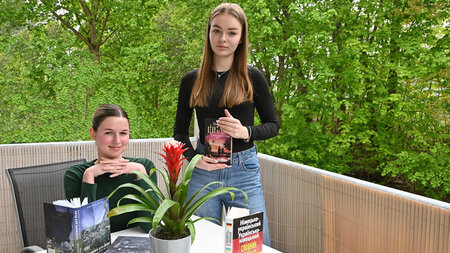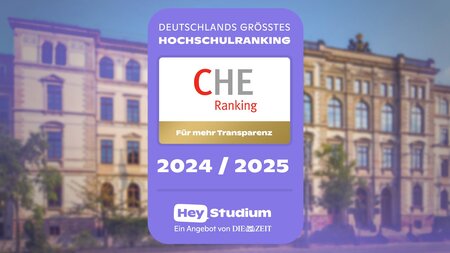Eintrag in der Universitätsbibliographie der TU Chemnitz
Volltext zugänglich unter
URN: urn:nbn:de:bsz:ch1-qucosa2-744737
Saei Ghareh Naz, Ehsan
Schmidt, Oliver G. ; Fomin, Vladimir (Gutachter)
Molding the flow of light in rolled-up microtubular cavities and topological photonic lattices
Kurzfassung in englisch
The presence of photonic band gap in an arbitrarily shaped photonic structure, particularly structures that are fabricated by exploiting rolled-up nanotechnology, can be understood from the density of optical states. In this thesis, the density of optical states and the local density of optical states in finite-sized photonic structures are calculated using the finite difference time domain method together with a parallelized message passing interface. With this approach, a software package suitable for high-performance computing on multi-platform was published under GNU GPL license.When light is guided to propagate along a rolled-up thin film, whispering gallery mode resonances can be formed in a microtubular structure. Dynamic probing and tuning via a plasmonic nanoparticle-coated glass tip are investigated to demonstrate the transition from dielectric-dielectric to dielectric-plasmonic coupling in the tubular microcavity. The competition of these two coupling mechanisms allow the tuning of the optical cavity modes towards lower and then higher energies in a single coupling system. Moreover, three dimensionally confined higher order axial modes can be selectively coupled and tuned by the glass tip due to their unique spatial distribution of the optical field along the tube axis. In addition, the interaction between sharp optical cavity modes and broad plasmonic modes supported by silver nanoparticles leads to the occurrence of Fano resonance. In particular, Fano resonances occurring at higher-order axial modes has been observed as well. The experimental results are supported by numerical simulations based on the finite difference time domain method.
In photonic lattice structures, light propagation behavior can be influenced and defined by the photonic band structure. By designing the unit cell with glide mirror symmetry, topologically protected edge states operating in the visible spectral range have been proposed in two dimensional photonic crystals which can be made of feasible materials. Topological phenomena such as unidirectional waveguiding and/or effective zero refractive index are presented. In addition, a scheme to study topological phase transition in a single photonic crystal device is proposed and studied via unevenly stretching photonic lattice. Moreover, a new method is explored to distinguish the topological phase from the bulk modes.
The research presented in this thesis concerns molding the flow of light in specially designed photonic devices for various potential applications. The software package can be used to design and investigate finite-sized photonic structures with an arbitrary shape, which is much faster in terms of computation than other reported techniques and software packages. The rolled-up microcavities can be employed to trap and store light in the way of whispering gallery mode resonances, and the resonant light can be tuned and modulated by a plasmonic nanoparticles-coated glass tip. This research is particularly interesting for optical signal processing, slowing light via Fano resonances, and high sensitive sensing. In addition, the topological photonic crystal design and examination scheme presented in this thesis provide a simplified yet more efficient way to obtain non-trivial topological phase from a tunable photonic crystal that can be verified not only by edge modes but also by bulk modes.
| Universität: | Technische Universität Chemnitz | |
| Institut: | Professur Materialsysteme der Nanoelektronik | |
| Fakultät: | Fakultät für Naturwissenschaften | |
| Dokumentart: | Dissertation | |
| Betreuer: | Schmidt, Oliver G. | |
| SWD-Schlagwörter: | Photonik , Licht , Resonator , Wellenleiter | |
| Freie Schlagwörter (Englisch): | Photonics , photonic crystals , density of optical states , finite difference time domain , rolled-up , microcavities , coupling , topological photonics , SSH chain | |
| DDC-Sachgruppe: | Naturwissenschaften und Mathematik | |
| Sprache: | englisch | |
| Tag der mündlichen Prüfung | 25.03.2021 |




